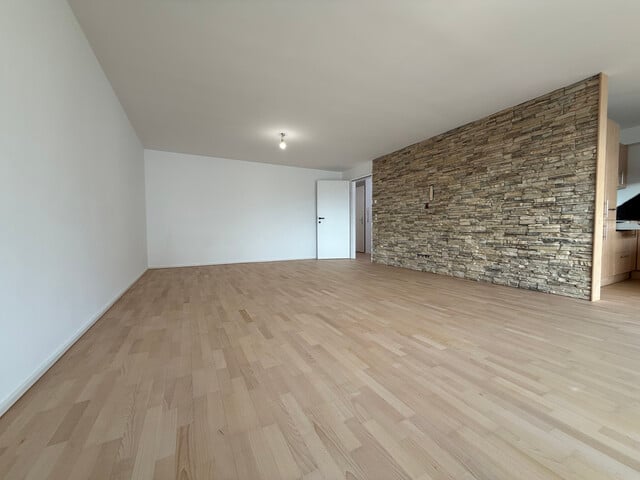Here the Southern Lights appeared
A spectacular celestial display illuminated the south of Australia and parts of New Zealand at night: A particularly strong Aurora Australis, also known as southern lights, colored the sky in shimmering pink, red, and green hues. This natural phenomenon was caused by an exceptionally intense solar storm - bright northern lights (Aurora Borealis) were also visible over Austria on the night of Wednesday.
Photographers mainly used dark locations and long exposure times to capture the magical play of colors - for example, south of Sydney, in Tasmania, and in the southwest of Western Australia. According to the Australian weather bureau, the solar storm reached "G4 geomagnetic storm strength" and was even visible very far north in parts of Queensland. In the United Kingdom, the highest warning level G5 was temporarily recorded - the strongest since records began in 2012.
Southern Lights Appeared
The southern lights were also clearly visible in New Zealand, for example around the capital Wellington on the North Island and in Marlborough on the South Island. "A huge spot on the sun, 17 times the diameter of our planet, is hurling material into the atmosphere," reported Radio New Zealand, citing experts.
"Material from the sun travels through space, interacts with the Earth's magnetic field, and generates electrical currents," the broadcaster quoted astronomer Ian Griffin. "These can disrupt power grids, among other things, while simultaneously causing breathtaking sky lights." In fact, the solar storm led to signal interruptions in radio communication and satellite navigation applications in some areas of the Earth.
Northern Lights vs. Southern Lights
Polar light is the umbrella term for the colorful luminous phenomena in the sky that occur when particles from a solar storm hit the Earth's magnetic field. The southern light (Aurora Australis) is the southern variant of this - it appears over Antarctica and the south of Australia, while the northern light (Aurora Borealis) is visible at the North Pole and in Northern Europe.
(APA/Red)
This article has been automatically translated, read the original article here.
Du hast einen Hinweis für uns? Oder einen Insider-Tipp, was bei dir in der Gegend gerade passiert? Dann melde dich bei uns, damit wir darüber berichten können.
Wir gehen allen Hinweisen nach, die wir erhalten. Und damit wir schon einen Vorgeschmack und einen guten Überblick bekommen, freuen wir uns über Fotos, Videos oder Texte. Einfach das Formular unten ausfüllen und schon landet dein Tipp bei uns in der Redaktion.
Alternativ kannst du uns direkt über WhatsApp kontaktieren: Zum WhatsApp Chat
Herzlichen Dank für deine Zusendung.











